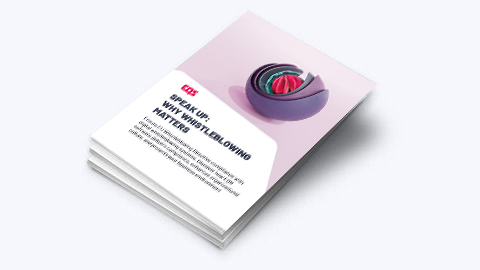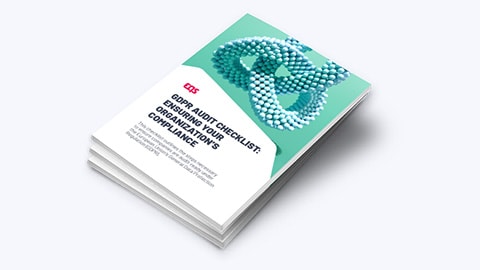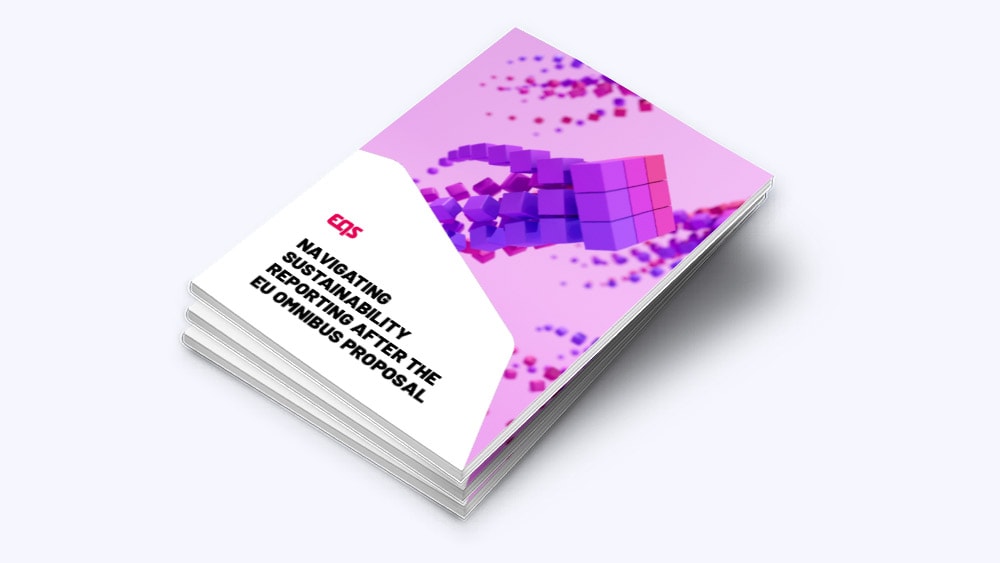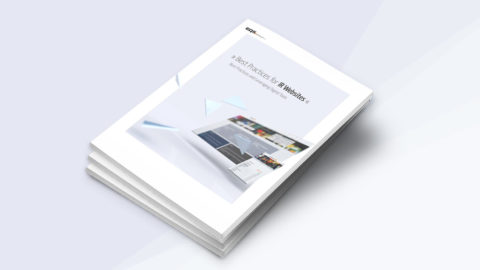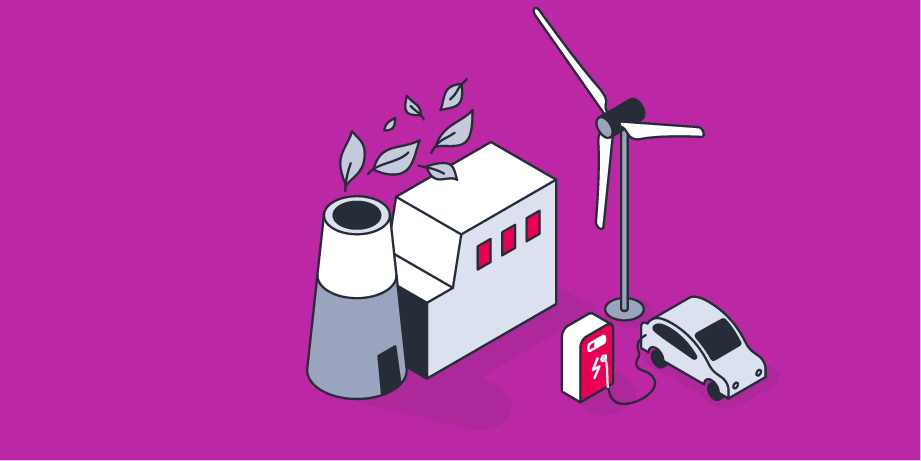Future-Proofing Your Business: Why Sustainability Is the Backbone of Resilience
In a Volatile World, Stability Is Built — Not Assumed

Geopolitical shocks. Supply chain chaos. Soaring energy costs. Businesses today operate in a constant state of disruption. What separates those that falter from those that thrive? Strategic resilience. And the fastest route to it? Sustainability.
Forget everything you think you know about sustainability as a “nice-to-have” initiative. Today’s smartest business leaders are using sustainability as their most practical tool to anticipate risks, absorb shocks, and adapt with lightning speed.
Bottom line: Sustainability isn’t about saving the planet (though that’s a bonus). It’s about saving your business.
What Does Business Resilience Actually Mean?
Resilience isn’t just surviving the next crisis—it’s being ready for whatever comes after that.
A truly resilient business is:
- Supply chain secure: Enforces ethical sourcing and environmental safeguards, reducing exposure to labor violations or climate-related disruptions.
- Energy stable: Minimizes dependency on volatile fossil fuels through efficiency and renewables.
- Reputation resilient: Maintains trust through transparency, purpose, and responsible conduct.
- Talent magnetic: Attracts and retains high-performing employees by aligning with their values and social expectations.
Resilience built on sustainability is proactive. It’s grounded in data, strategy, and culture — not reaction.
The 5 Ways Sustainability Powers Business Resilience
. ESG Anticipates and Neutralizes Threats
Environmental, social, and governance frameworks work like an early warning system, identifying risks before they become business-crushing disruptions:
- Climate risks that could shut down your logistics
- Social unrest that might close your facilities
- Greenwashing scandals that could tank your stock price
The payoff? You course-correct early instead of crisis-managing later.
- Circular Thinking Shields Against Resource Volatility
Resource efficiency and closed-loop systems reduce dependence on raw materials and fossil fuels. When prices spike or supply dries up, sustainable businesses keep operating — and keep margins steady.
Real example: While competitors scrambled during recent supply shortages, circular-economy leaders maintained production because they weren’t dependent on virgin materials.
- Transparency Builds Trust in Crisis
Customers, investors, regulators, and employees want visibility. Companies with clear sustainability reporting and open stakeholder communication enjoy stronger loyalty and better crisis recovery.
- Purpose Creates Direction in Uncertainty
When markets wobble or decisions get tough, companies rooted in purpose act faster and more coherently. It gives leadership a compass when maps no longer apply.
- Climate Readiness Equals Competitive Advantage
Preparing for heatwaves, flooding, or water scarcity isn’t optional anymore. Businesses that integrate climate adaptation into their infrastructure and supply chain planning now are tomorrow’s market leaders.
What Companies Should Be Doing Now
Ready to start? Here’s your roadmap to building resilience through sustainability:
- Run an ESG Risk Audit
Map out where environmental, social, or governance risks could derail your operations. Example: Is water scarcity threatening your key supplier’s facility?
- Define and Track Resilience KPIs
Move beyond generic ESG metrics. Focus on indicators like:
- Scope 1 & 2 emissions (energy dependence)
- Supplier diversity and redundancy index
- Employee engagement scores and retention rates
- Update Your Materiality Assessment Frequently
Risk environments change fast. What threatened your business six months ago might be irrelevant today—while new threats emerge.
- Build Long-Term Climate Adaptation Plans
Short-term fixes won’t cut it. Develop site-specific strategies: relocating at-risk operations, installing climate-resilient infrastructure, or implementing resource recycling systems.
- Integrate ESG into Scenario Planning
When modeling future disruptions, factor in ESG risks. Ask: “What happens to our business model in a +2°C scenario?”
The EQS Sustainability Cockpit: A Resilience Engine
The EQS Sustainability Cockpit goes beyond compliance. It gives you the digital infrastructure to transform sustainability from a reporting obligation into a resilience strategy. It enables:
- Risk Foresight: Identify and prioritize ESG threats before they escalate.
- Resilience KPIs: Monitor progress on stability and sustainability in real time.
- Dynamic Materiality: Keep your priorities aligned with shifting risks and stakeholder expectations.
- Centralized Climate Strategy: Manage adaptation goals, actions, and outcomes in one place.
- Strategic ESG Integration: Link sustainability to business goals, performance metrics, and scenario modeling.
- Credible Communication: Share progress with boards, investors, and customers in a transparent and consistent format.
The result? Faster response times, stronger decision-making, and a business model built to withstand disruption.
The Bottom Line: Resilience Is the Strategy. Sustainability Is the How.
Reactive thinking is business death in 2025. Future-proof companies embed sustainability into every layer of strategy, operations, and culture.
EQS equips leaders to turn ESG into a strength, not a stressor. With the Sustainability Cockpit, companies get the clarity, data, and tools they need to build resilience — and thrive in uncertainty.
Resilience isn’t the absence of disruption. It’s the ability to absorb, adapt, and advance.
Sustainability makes that possible. Start building it now.

A comprehensive, audited system designed to address complex reporting requirements across multiple frameworks and regulations.
